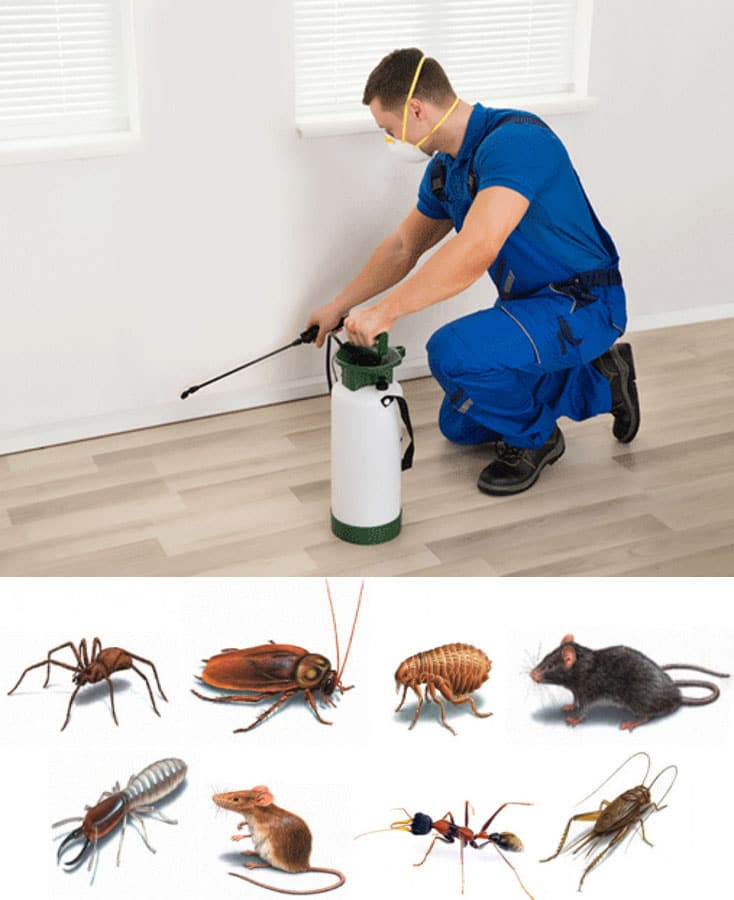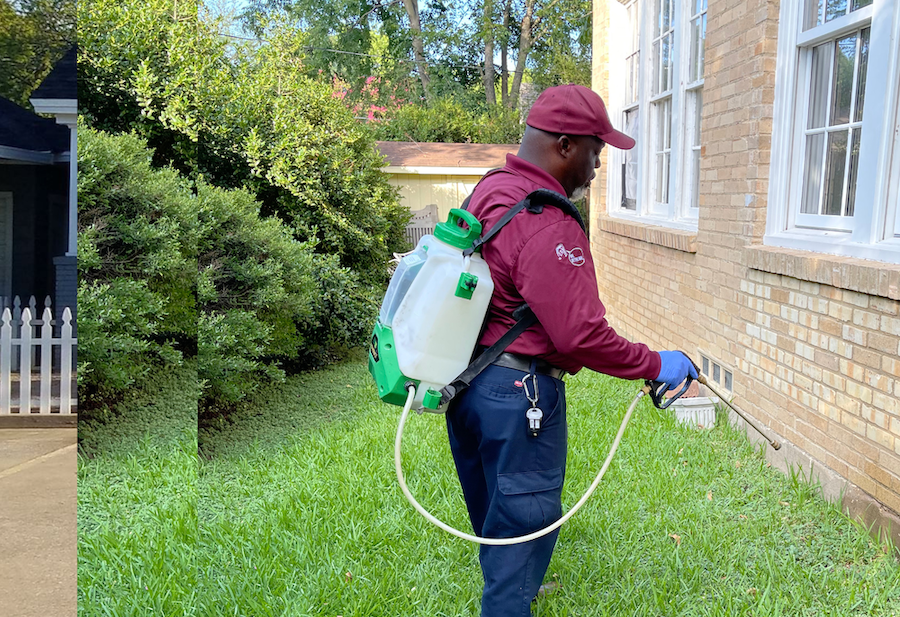Stop pests with professional Pest Control treatments today.
Eco-Friendly Pest Control Approaches for Handling Wild Animals in Urban Areas
Urban locations frequently locate themselves at the intersection of human task and wild animals, resulting in one-of-a-kind difficulties in parasite management. Green approaches stress lasting coexistence, utilizing strategies such as habitat adjustment and all-natural repellents to mitigate human-wildlife disputes. These approaches not just protect the setting but also improve community interaction in wild animals monitoring. As city populations remain to grow, comprehending the dynamics of wild animals communications comes to be significantly essential. What cutting-edge approaches can be applied to make certain both eco-friendly balance and urban security? Discovering this concern discloses an engaging landscape of possible services.
Understanding Urban Wild Animals Dynamics
Understanding Urban Wild animals Dynamics is essential for creating efficient and environmentally friendly pest control approaches. Urban locations are progressively becoming environments for various wild animals types, driven by factors such as environment fragmentation, food availability, and human advancement. Acknowledging these characteristics permits a nuanced approach to pest administration that aligns with eco-friendly principles.
Urban wild animals frequently consists of types such as raccoons, squirrels, and birds, which adjust to city environments, locating specific niches in environment-friendly areas, parks, and even houses. Their existence can lead to disputes with human beings, especially when they manipulate human resources for food and sanctuary. Understanding the habits and eco-friendly roles of these types informs methods that minimize unfavorable communications while advertising biodiversity.
Additionally, recognizing the interdependencies within city environments aids in identifying essential areas for habitat conservation and reconstruction. This understanding adds to the development of integrated parasite management (IPM) techniques that take into consideration the environmental balance, thereby decreasing reliance on dangerous chemicals. By cultivating coexistence between humans and urban wildlife, cities can produce healthier atmospheres that benefit both citizens and regional environments, leading the way for lasting city living.
All-natural Repellents and Deterrents
All-natural repellents and deterrents use a lasting choice to standard bug control techniques by taking advantage of the power of nature to maintain undesirable types at bay. These environment-friendly options normally use plant-based components, vital oils, and other naturally occurring materials that hinder bugs without hurting the atmosphere.
One effective all-natural repellent is peppermint oil, which is recognized to push back rodents and insects. Its solid aroma is unpleasant to numerous pests, making it a preferred selection for metropolitan settings. Vinegar and citrus peels can offer as deterrents, as their strong odors are commonly unattractive to various wild animals.
In addition, diatomaceous earth is a natural powder that can be spread out in areas vulnerable to bug activity, properly dehydrating and deterring bugs without positioning threats to non-target types. Garlic sprays and neem oil are recognized for their capacity to ward off a wide array of insects, consisting of both bugs and bigger wild animals.
Implementing these all-natural repellents not just lowers dependence on chemical pesticides yet likewise advertises a much healthier metropolitan ecosystem, promoting an extra balanced coexistence in between humans and wildlife. By using these approaches, metropolitan locations can effectively manage bug populaces while minimizing environmental effect.
Environment Modification Methods
Reliable environment modification techniques play a critical role in sustainable insect administration by modifying the environment to make it less for pest problems. By understanding the ecological dynamics of metropolitan areas, home proprietors can carry out critical alterations that deter pests while promoting biodiversity.
(Stable Fly Control)One primary technique includes preserving correct hygiene. This consists of regular waste removal, securing garbage can, and getting rid of standing water to minimize reproducing websites for pests and rats. Additionally, landscaping practices such as selecting native plants can enhance environmental equilibrium, giving habitats for advantageous organisms while reducing resources for insects.
An additional crucial technique is to seal access factors in buildings. Inspecting and repairing splits in foundations, walls, and home windows can substantially reduce parasite gain access to. Producing physical obstacles, such as fencings or plant buffers, can hinder wildlife movement into human-inhabited areas.
Integrated Bug Administration Practices
Building upon environment adjustment methods, integrated bug monitoring (IPM) practices supply an alternative approach to managing pest populaces while minimizing ecological influence. IPM integrates numerous techniques, consisting of organic, cultural, mechanical, and chemical controls, to attain effective insect monitoring.
Biological control includes the intro of natural predators or bloodsuckers to lower insect populaces. Social practices, such as crop turning and sanitation, disrupt pest life process and lessen their habitats - Pest Control. Mechanical controls, like catches and obstacles, provide instant relief from insect stress without chemical treatment
Chemical controls are made use of as a last resource, concentrating on targeted applications that restrict harm to non-target varieties and the environment. The selection of ecologically pleasant chemicals, when necessary, is essential to the IPM structure. In addition, keeping track of bug populaces and analyzing potential damages assists educate decision-making, ensuring that interventions are timely and efficient.
Community Involvement and Education

(Pest Control Near Me)Workshops and informational sessions can gear up residents with knowledge concerning indigenous species, habitat preservation, and reliable non-toxic pest administration techniques. Collaboration with schools, local companies, and federal government companies even more enhances educational outreach, ensuring that essential details gets to diverse audiences.
Moreover, community-led campaigns, such as area clean-up days and environment repair projects, not just advertise biodiversity however also reinforce neighborhood ties. Pest control service. By motivating locals to share their experiences and monitorings, neighborhoods can develop targeted strategies that resolve certain local parasite problems
Incorporating comments from residents right into insect monitoring prepares enables a much more responsive and flexible approach to wild animals challenges. Inevitably, notified and involved neighborhoods are key to accomplishing long-term success in eco-friendly bug control, leading to much healthier urban settings that respect both human and eco-friendly needs.

Verdict
In final thought, eco-friendly insect control comes close to deal sustainable remedies for managing metropolitan wildlife. By focusing on environment modification, using natural repellents, and executing incorporated parasite management methods, communities can cultivate a harmonious coexistence with regional animals. Engaging citizens via education read what he said and learning boosts understanding and motivates accountable wild animals communications. Inevitably, these strategies not only protect biodiversity but additionally advertise ecological wellness, making sure metropolitan areas remain dynamic environments where people and wildlife thrive with each other.